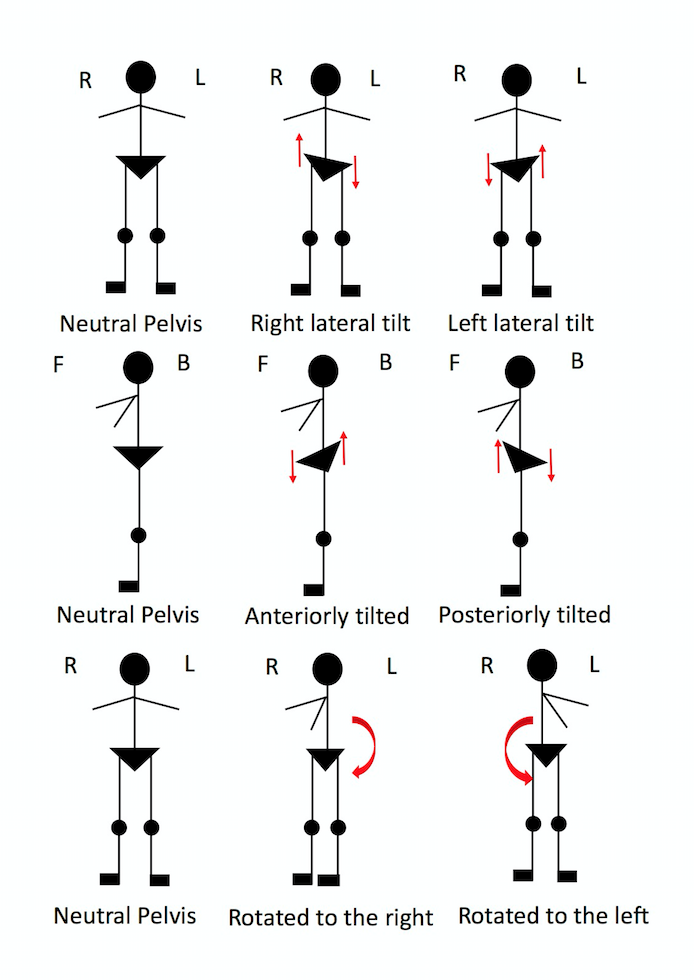Student Author: Gabrielle Gilmer
Co-Authors: Michael Roberts, Gretchen Oliver
Female athletes are 2-9 times more likely to tear their anterior cruciate ligament (ACL) than males [1]. Clinical tests and prevention programs focusing on the lumbopelvic-hip complex (LPHC) are used to identify injury susceptibility [2]. Despite implementation, females continue to have higher ACL injury rates. Recently, relaxin, a peptide hormone similar to insulin, was identified as interfering with the structural integrity of ACLs in females but not males [2]. We aimed to answer the question: how are pelvis kinematics during the drop vertical jump (DVJ) related to ground reaction forces (GRF), muscle activation, and serum relaxin concentrations (SRC)?
Twenty-two female athletes (21.7±3.7 yrs.; 64.8±8.2 kg; 1.8±0.3 m) participated. Participants performed a DVJ while equipped with various sensors. A DVJ involves the participant standing on a box 0.505 m high, dropping off the box to the ground, immediately jumping as high as they can in the vertical direction, then landing. Kinematic data were collected at 100 Hz using an electromagnetic tracking system. GRF data were collected at 1000 Hz using a Bertec force plate. Electromyographic data were collected at 1000 Hz using a Delsys system. Blood samples were collected when SRC peaked and processed using a Quantikine Human Relaxin-2 Immunoassay.
Pearson product-moment correlations revealed significant correlations (p < 0.05) between the following: anterior/posterior GRF and pelvis lateral flexion, rotation, and adduction; vertical GRF and pelvis adduction; quadricep to hamstring ratios and pelvis flexion, adduction, lateral flexion, and rotation; gluteus medius activation and pelvis rotation, adduction, and lateral flexion; and SRC and pelvis adduction.
These correlations reveal the interconnection between ACL injury risk factors during a DVJ. Larger anterior/posterior GRF and smaller vertical GRF indicate the center of mass is not appropriately distributed over the stance legs [3]. Larger anterior/posterior GRF was associated with the athlete’s pelvis tilting and rotating towards the dominate side and collapsing in towards their midline. Pelvic collapse towards the midline was also associated with decreased vertical GRF. These positions put the pelvis in a more injury susceptible position and decrease the energy transfer along the kinetic chain, which could result in distal segments being placed in injury susceptible positions (Figure 1).
The relationships between muscle activation and pelvis kinematics agree with previous literature that document low activation of the gluteal and hamstring musculature coupled with high activation of the quadriceps is associated with low energy transfer from the LPHC [4]. Athletes who had higher quadricep to hamstring ratios placed their pelvis in a position that was anteriorly tilted, collapsed towards the midline, tilted and rotated to the dominate side position. In contrast, athletes who displayed higher gluteus medius activation kept their pelvis in a more neutral location.
The relationship between pelvis adduction and SRC suggests higher SRC is associated with an adducted hip. Hip adduction during the DVJ is an injury susceptible position, due to decreased LPHC stability. LPHC instability and increased SRC should be of great concern for sports medicine personnel. This finding reiterates the need for coupling biomechanical evaluation with monitoring hormonal concentrations.
Ultimately, these results suggest biomechanical, neuromuscular, and hormonal risk factors for ACL injury are not independent and should be evaluated together. Further studies are needed to determine if any causal relationships exist between these variables.

Figure 1 Caption: The three-dimensional positions of the pelvis are shown.
Statement of Research Advisor: Gabrielle’s work is an inspiration for future undergraduate research fellows. Gabrielle was able to utilize her research experiences to develop, design, and carry out a solid study that will further the world of sports medicine and biomechanics—Gretchen Oliver, Kinesiology
References:
1. Hewett et al. AJSM. 2016.
2. Dragoo et al. AJSM.2011.
3. Chang et al. Arthritis Rheum. 2005.
4. Zeller et al. AJSM. 2003.
Last Modified: